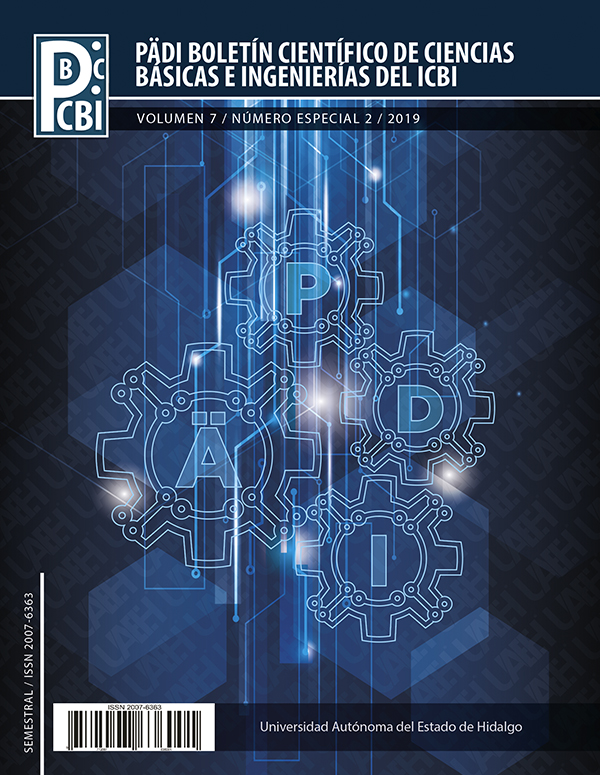Increase of the antibiotic effect against Staphylococcus aureus strain of cochineal gravel extract (Ac) with hydroxyapatite (HAp)
Abstract
A compound of hydroxyapatite (HAp) and cochineal grana extract containing carmine acid (Ac) was developed, measuring inhibition halos in culture media that proved to have an efficient antibacterial effect on the Staphyloccocus aureus strain; HAp was synthesized by the precipitation technique and was implemented at concentrations of 10, 20 and 30% concentration in relation to the weight of cochineal grana extract; the extract obtained from cochineal grana was used at concentrations of 30, 40 and 50%. Subsequently, both solutions were joined to form the bionanocomposite of HAp / Ac by means of an ultrasonic bath. The individual substances and the compound were characterized by the techniques of infrared spectroscopy by Fourier transform (FT-IR) and X-ray diffraction (DRX) and were carried out to antibiogram tests to assess their in vitro antibiotic capacity against a strain of Staphyloccocus aureus, having a commercial antibiotic as a positive control. The bacterial strain was subjected to primary tests (Gram stain and catalase test) and biochemical tests for identification. The antibiotic capacity of Ac at 40 and 50% was observed, it was also found that when combined with HAp, it presented a greater halo of inhibition, so the HAp / Ac product has greater antibacterial power over the test strain and can be used As an active ingredient for drugs in topical presentation, local antiseptic for wounds and even as a disinfectant for specific areas.
Downloads
References
FLUIDNOVA (2015) Hydroxyapatite, http://www.fluidinova.com/hydroxyapatite- properties-uses-and-applications.
Freixanet, L. (2006) ‘Aditivos e ingredientes en la fabricación de productos cárnicos cocidos de músculo entero’, Metalquimia, pp. 27–41. Available at: http://es.metalquimia.com/upload/document/article-es-12.pdf.
García, E. C., Gonzalez, R. G. and María, P. S. (2014) ‘Características generales del Staphylococcus aureus’, Rev Latinoam Patol Clin Med Lab, 61(1), pp. 28–40. Available at: www.medigraphic.com/patologiaclinica%5Cnwww.medigraphic.org.mx.
Garduño, M. V. G. and Gasga, J. R. (2006) ‘La hidroxiapatita, su importancia en los tejidos mineralizados y su aplicación biomédica’, Revista Especializada en Ciencias Químico-Biológicas, 9(2), pp. 90–95.
Flores-Alatorre H., L. , Castro, K. H., Peregrina, L. M., Flores-Alatorre H., M. Salinas P. F. (2017) ‘Revelador de placa dentobacteriana a base de extracto de grana cochinilla (Dactylopius coccus)’, XIV encuentro Partipación de la Mujer en la Ciencia, 54, p. 1.
Melero, H., Fernández, J. and Guilemany, J. M. (2011) ‘Recubrimientos bioactivos: Hidroxiapatita y titania’, Biomecánica, 19, pp. 35–48.













